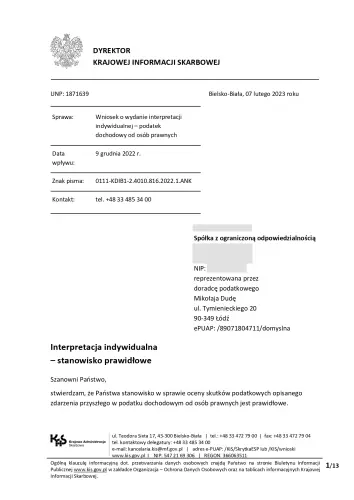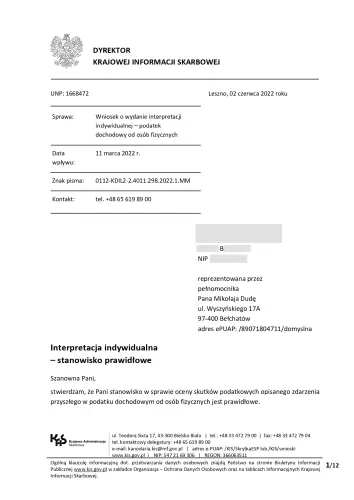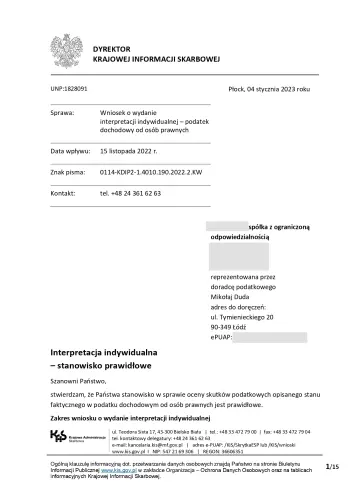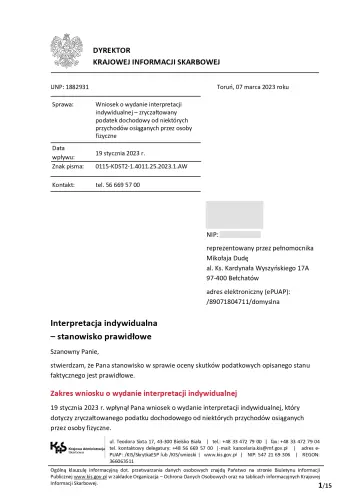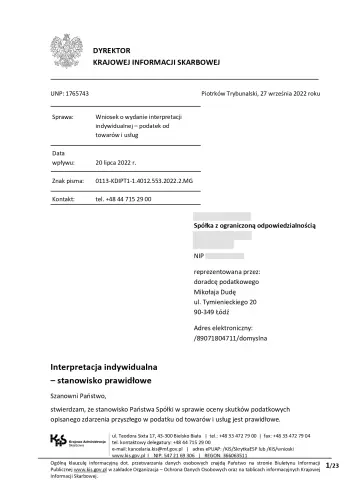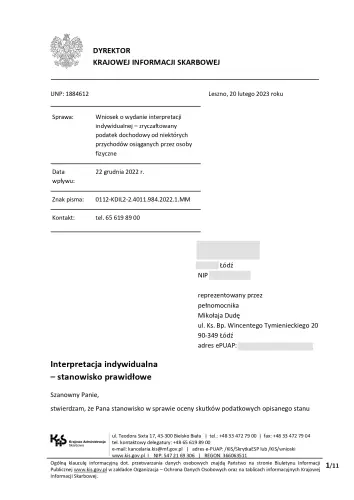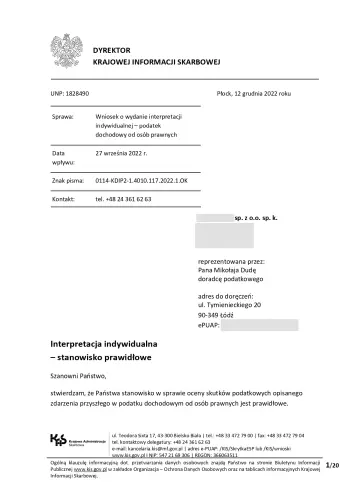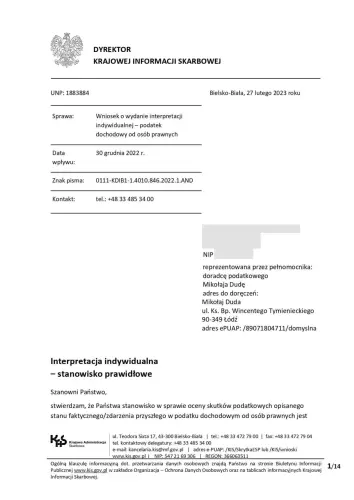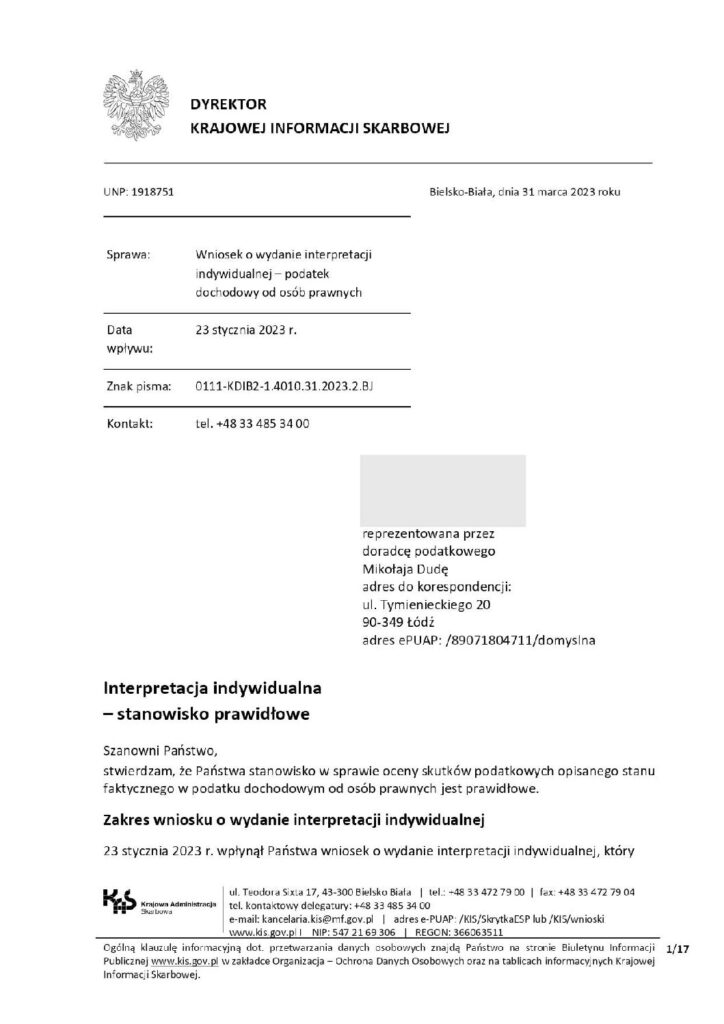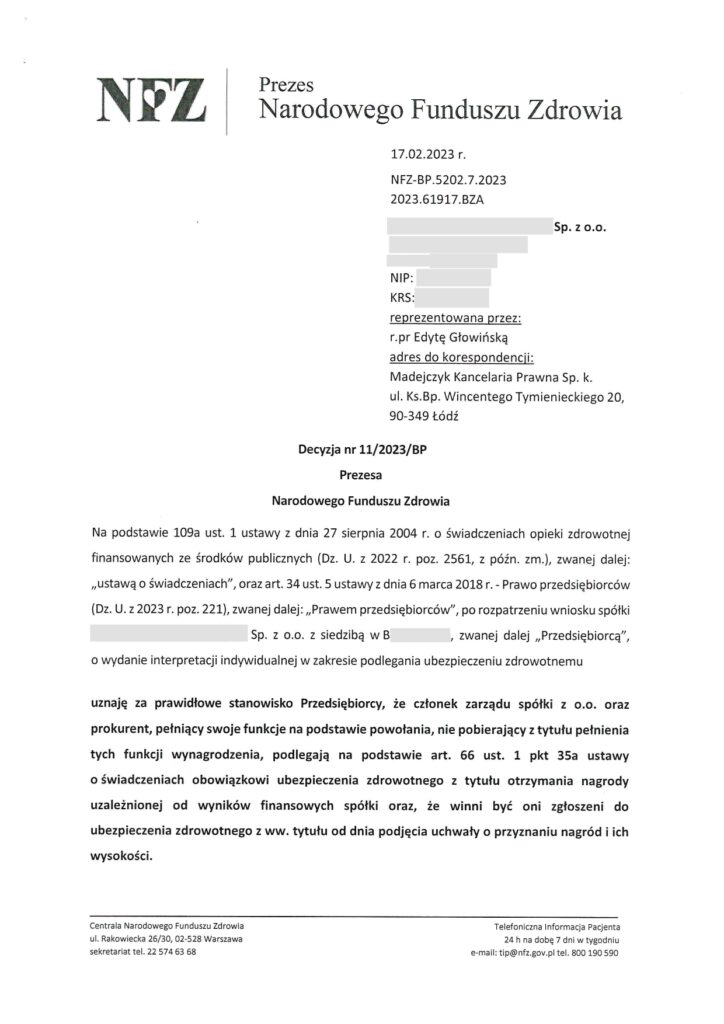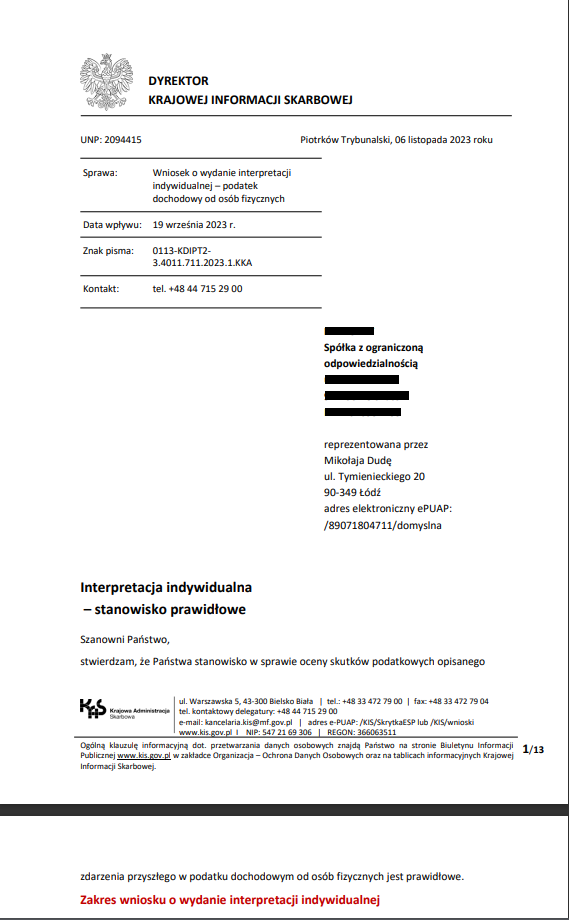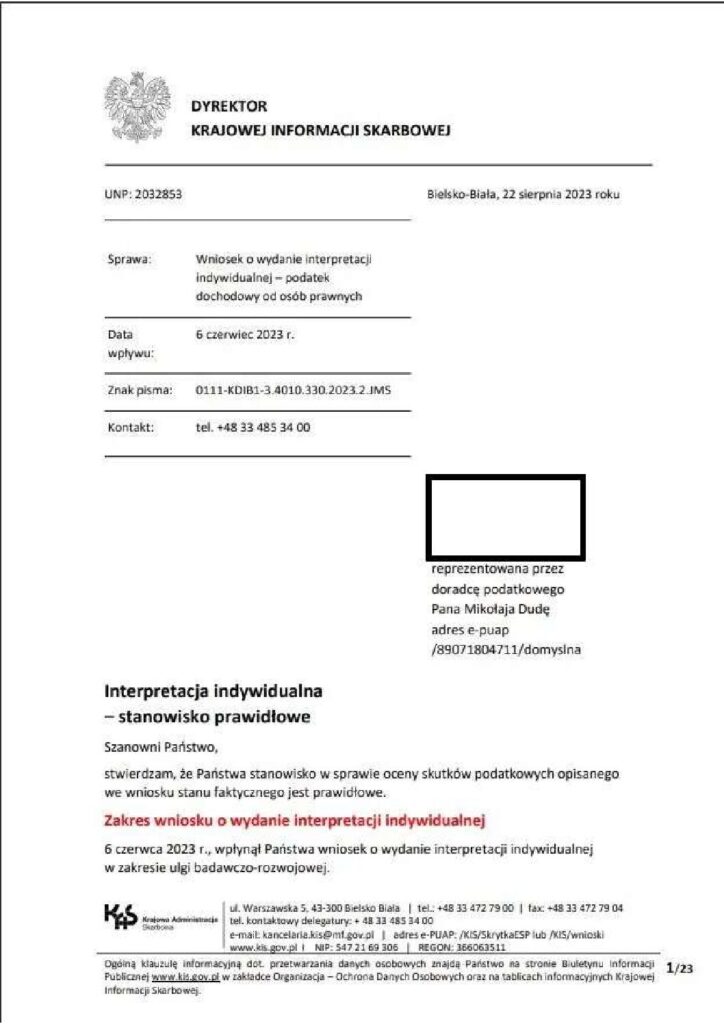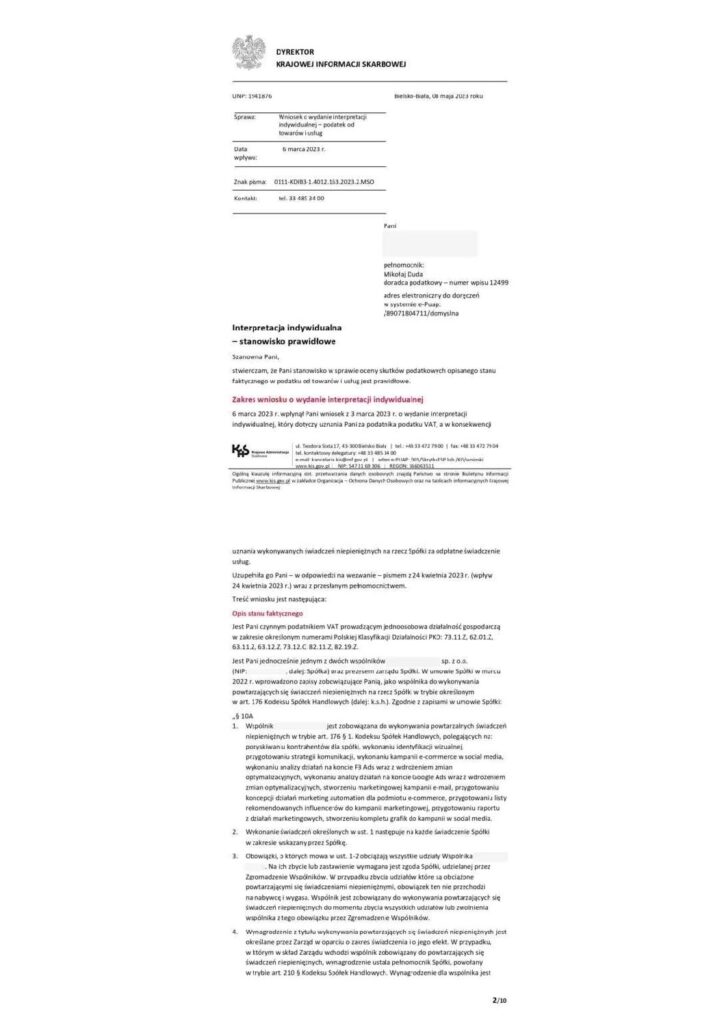The obligation to prepare transfer pricing documentation applies to a growing number of companies, and related-party settlements are increasingly under the magnifying glass of tax authorities every year. The legislature has introduced successive amendments, and the current regulations are becoming more restrictive and ambiguous. New requirements, expanded definitions of relationships, frequent audits and penalties mean that preparing transfer pricing documentation requires a great deal of knowledge and experience.
The transaction thresholds (i.e. the transaction values from exceeding which the obligation to prepare transfer pricing documentation should be considered) under the new regulations have been raised and are now as follows
- 10 million PLN net (commodity and financial transactions) or
- 2 million PLN net (service and other types of transactions).
These limits apply to transactions of a single type, separately for the cost and revenue sides. The net worth should be taken into account, which has been the subject of controversy until now.
Comparative analysis has become a mandatory element of transfer pricing documentation. The revenue threshold, beyond which the obligation to prepare it in the previous regime of transfer pricing regulations was updated, is no longer relevant. Currently, every Local File documentation should include an appendix in the form of a benchmark, or, when it is not possible to produce one, a so-called compliance analysis (previously referred to as a compliance description). A comparability analysis is a report that shows, based on a certain indicator, the market range for a certain type of transaction. For example – for manufacturing companies – the indicator of net mark-up on sales is used – this allows you to determine what % mark-up is imposed on costs by manufacturing companies. When examining companies in a specific sector, we present a result that should then be applied to a company that has ties.
Comparability analysis is a multi-step task that starts with analyzing the client’s own (internal) data and ends with a comparison with an external, paid database – the same one used by tax offices. The service ends with the creation of a document that applies to a specific type of transaction. One analysis is done for one economic homogeneous transaction. The analysis should be updated at least once every 3 years. In other words, it is possible to use it for a maximum of 3 years.
